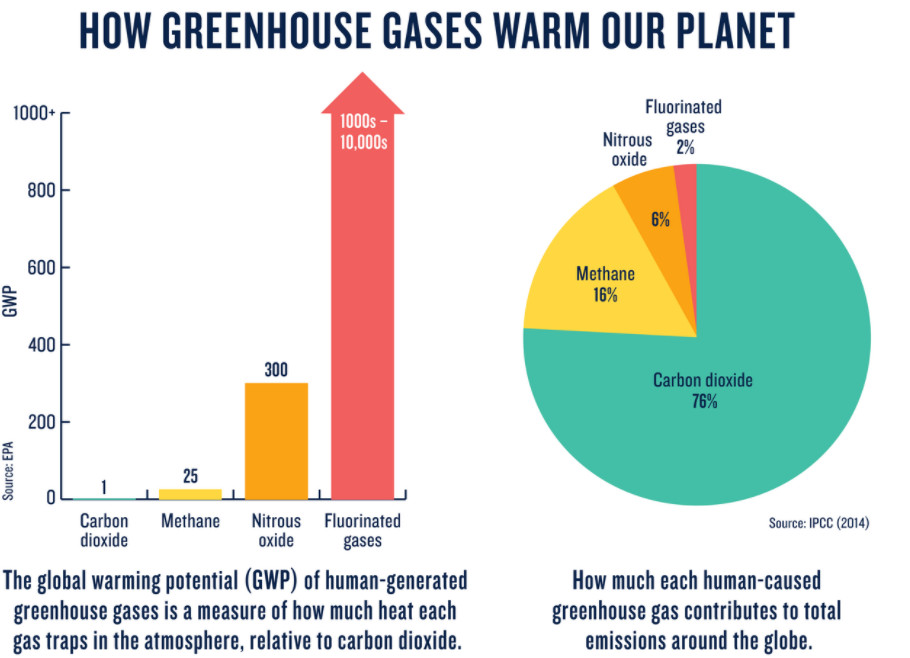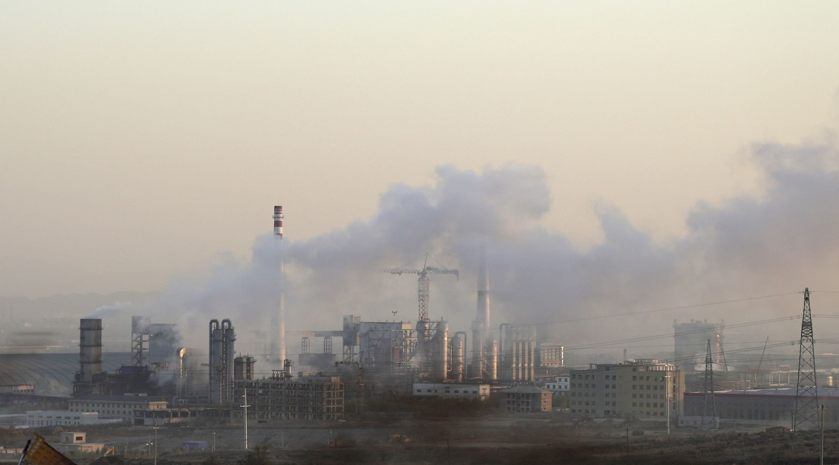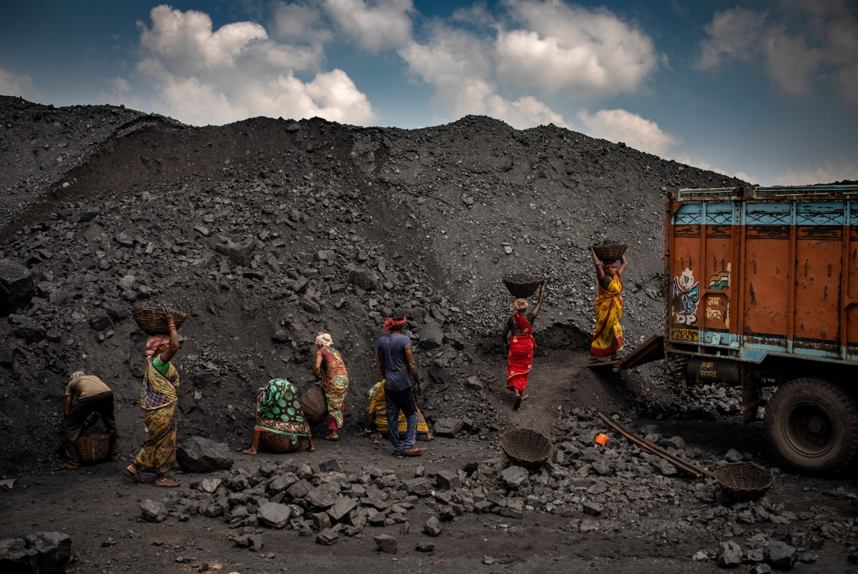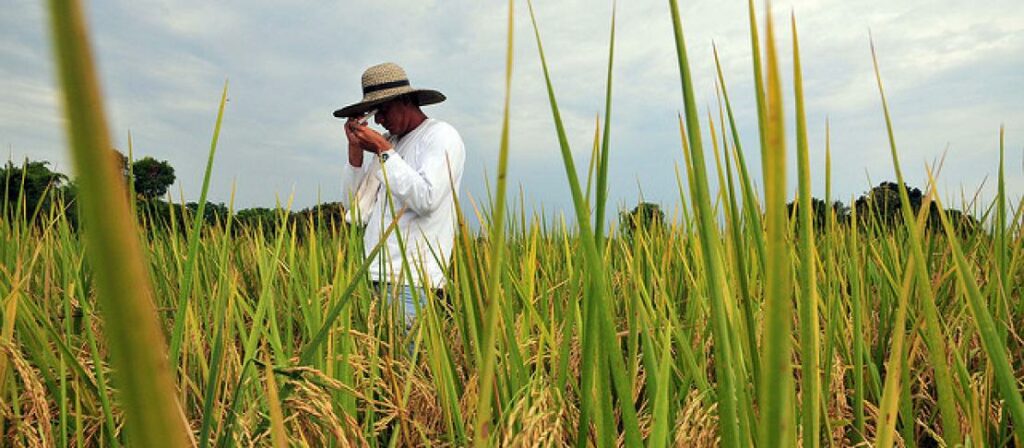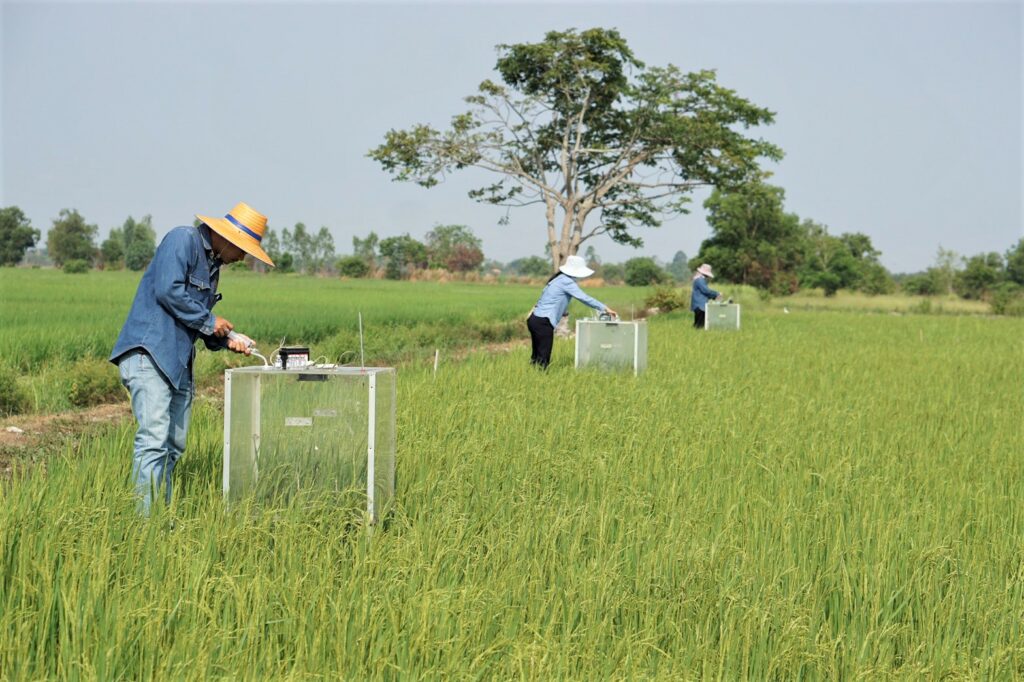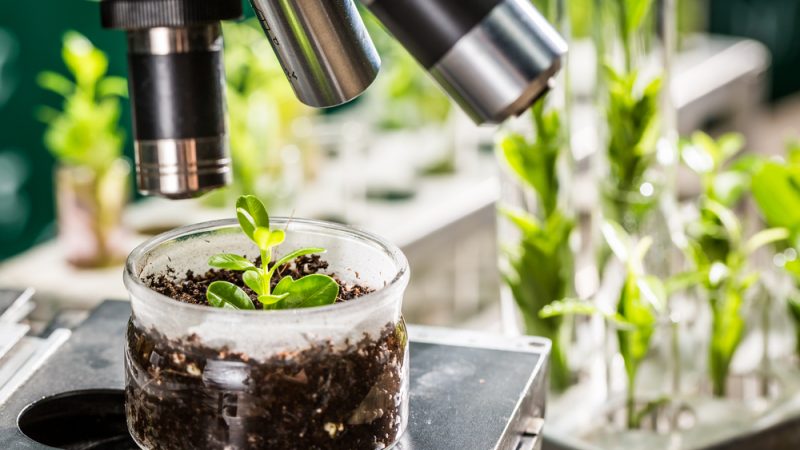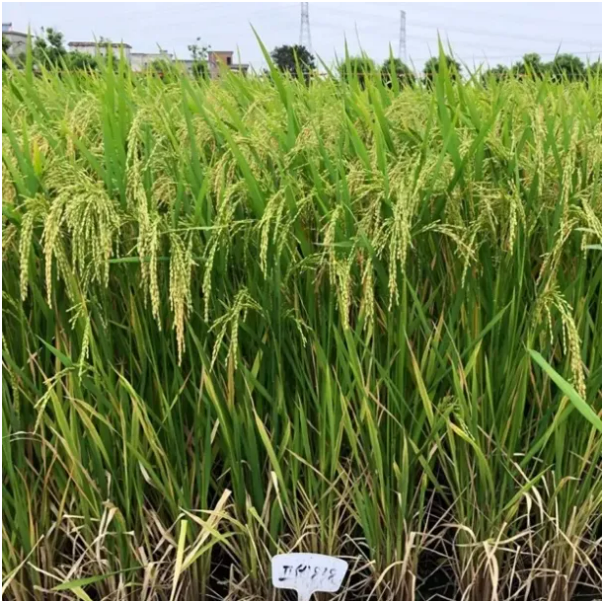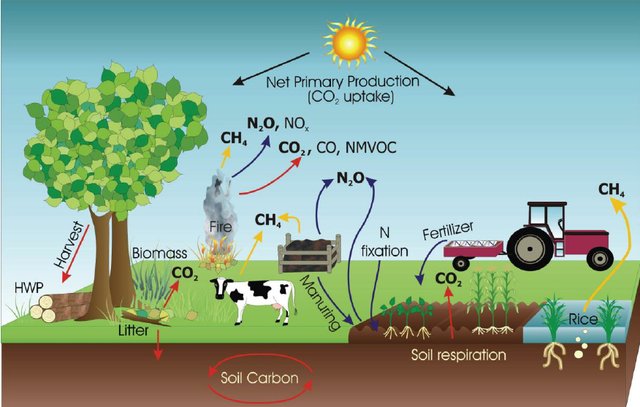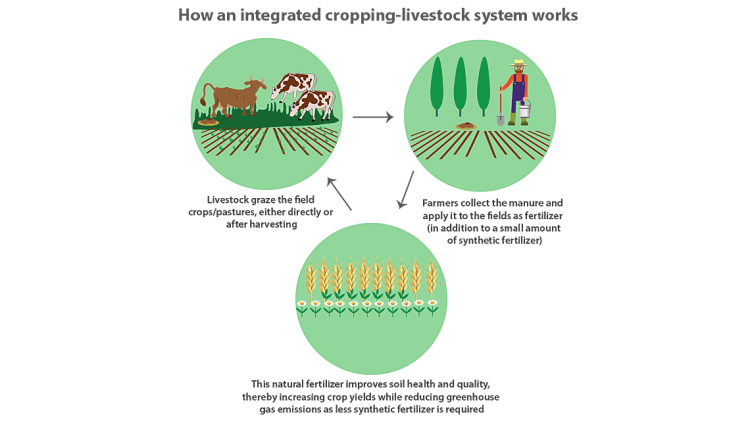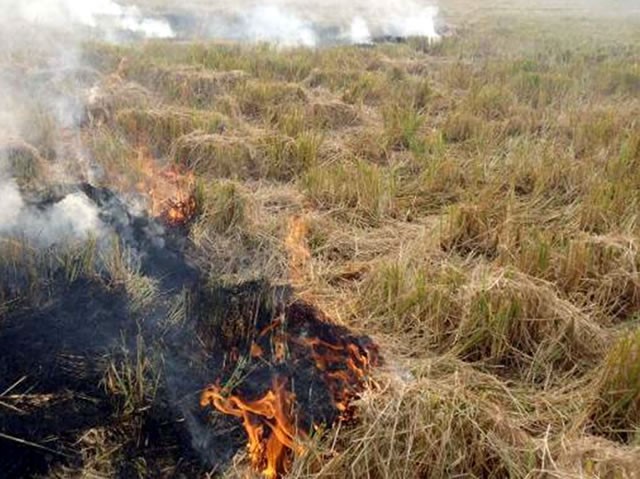The COVID-19 pandemic’s disruptive force creates room for examining how we address environmental concerns, as well as a limited legislative window to direct economic development toward climate-neutral aims. COVID-19 disaster has shown that a more robust society and economy are required. The economic recovery from COVID-19, which will necessitate unprecedented levels of investment, might be a once in a lifetime chance for significant and dramatic transformation toward a more sustainable society, as well as a vehicle for accelerating the transition to climate neutrality. To help with this transition, the European Commission launched a “Green Deal,” an opportunity that includes an ambitious package of investments in green technologies and long-term solutions that can position Europe as a global leader in combating climate change. The Green Deal aspires to create a “modern, resource-efficient, and competitive economy in 2050 with no net greenhouse gas (GHGs) emissions and economic growth divorced from resource use” (Ellen MacCarthur, 2021). In this blog, l will highlight how the Green Deal could be seized as an opportunity to revive the transport sector which made losses due to lock downs and help Europe rebound from the COVID-19 crisis. Reviving the transport sector could help turning green difficulties into opportunities for innovation.

Parked up plane at Dublin Airport at the height of COVID-19 restrictions in 2020. Photo: Alan Beston
What the “Green Deal” entails
The invention is a step towards a more equitable and sustainable transition to a carbon neutral Europe. There are eight thematic areas that correspond to the European Green Deal’s primary work. The request for proposals under this opportunity covers prospects for international cooperation in addressing the needs for less developed countries, notably in Africa, in light of the Paris Agreement and the Sustainable Development Goals (SDGs). It has far-reaching effects beyond environmental control, as it is also concerned with social justice and public health. The “Green Deal” highlights the importance of rethinking policies for clean energy supply across the economy, industry, production consumption, large-scale infrastructure, transportation, food and agriculture, construction, taxation and social benefits.
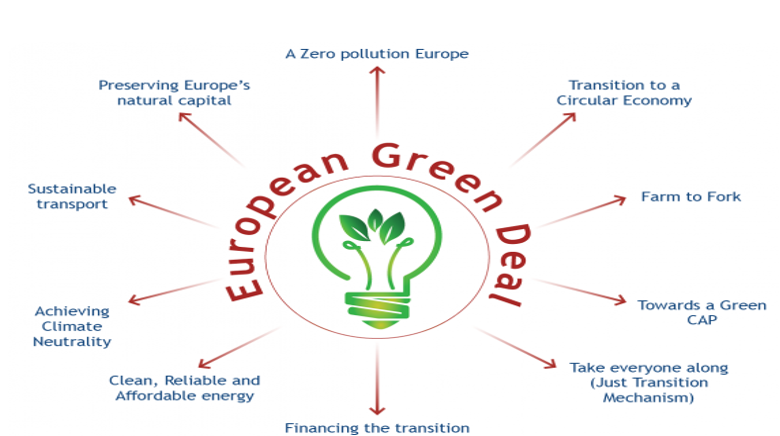
The Green Deal. Image: European Union
Why is the Green Deal seen as an opportunity to “Building back greener?”
The health and economic consequences of COVID-19 in the European Union (EU) are asymmetrical across countries and economic sectors. With a strong sense of solidarity across the continent, the risk is being addressed and the threat of extremism is being reduced. Through the Green Deal, countries that are more severely impacted are offered common ground and assistance. Solidarity may be strengthened by other European member states and Europe’s institutions. Unavoidably, special attention will be paid to sectors such as transport, which bear the brunt of the economic consequences of lockdown. Other economic sectors that are likely to require substantial financial assistance and benefit directly from the revival of transport sector include tourism and aviation. The agreement strengthens recovery programs by providing a “use it or lose it” opportunity for the economy to transition to a low-carbon, more inclusive growth path.
Financial support under the “Green Deal” option might be increased to compensate for losses in transportation company turnover during the lockdown periods, as well as to allow the continuation of a number of electrical recharge infrastructure projects. Investment support and financing instruments that provide grants, loans and guarantee mechanisms could help to speed up the deployment of low carbon mobility in the long run, especially for capital intensive projects like electric vehicle charging infrastructure and green hydrogen refuelling stations. Investments in green hydrogen fuel cell systems and storage tanks as well as the necessary distribution infrastructure to transport hydrogen is expected to be around € 40 billion by 2030 (Larkin 2020). This could put a premium on emerging technologies that haven’t yet reached commercial maturity, as well as the commercialization of innovative systems and technologies.
The European Green Deal (EGD) has been mentioned several times as a viable framework for a COVID-19 green revival. In essence, the EGD is a new EU growth strategy aimed at transitioning the EU from a high-carbon to a low-carbon economy, with economic growth decoupled from the use of natural resources. It proposes a number of initiatives to achieve this goal, with the primary goal of the EU being the world’s first net carbon neutral bloc by 2050 (O’Sullivan 2020). Aspects of COVID-19’s green recovery long-term business industry experts concerned with a green recovery from COVID-19 have emphasized the importance of government assistance for transport industry. This chance could unlock positive environmental value and help to achieve carbon neutrality.
Sources
https://ec.europa.eu/info/strategy/recovery-plan-europe_en
O’Sullivan, K. (2020). “Government supports green deal being central to EU economic recovery plan”, https://www.irishtimes.com/news/environment/government-supports-green-dealbeing-central-to-eu-economic-recovery-plan-1.4230845
Larkin, M. (2020). “The European Green Deal must be at the heart of the COVID-19 recovery”, World Economic Forum, 14 May 2020, https://www.weforum.org/agenda/2020/05/the-european-green-deal-mustbe-at-the-heart-of-the-covid-19-recovery/

